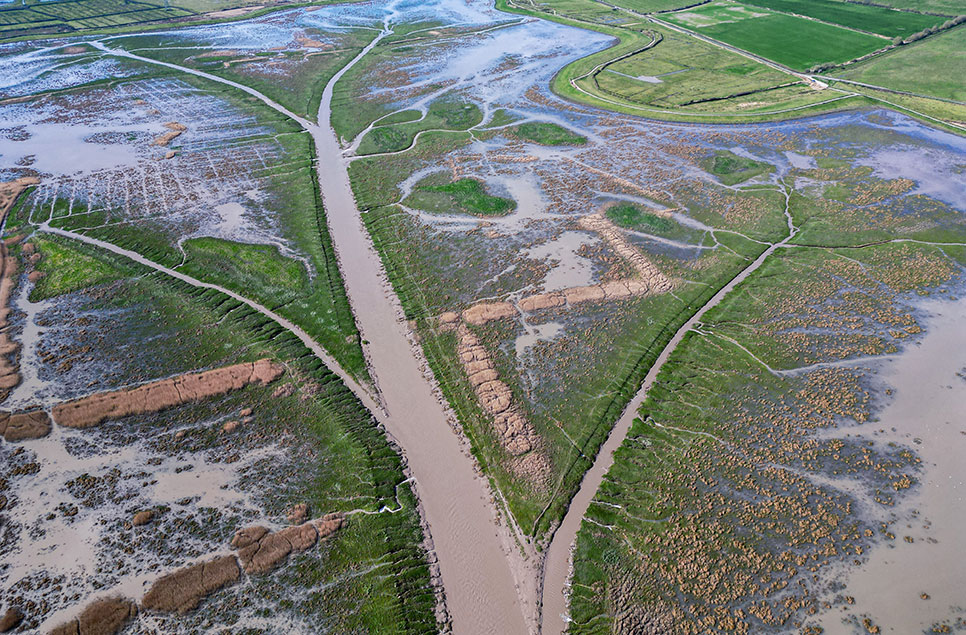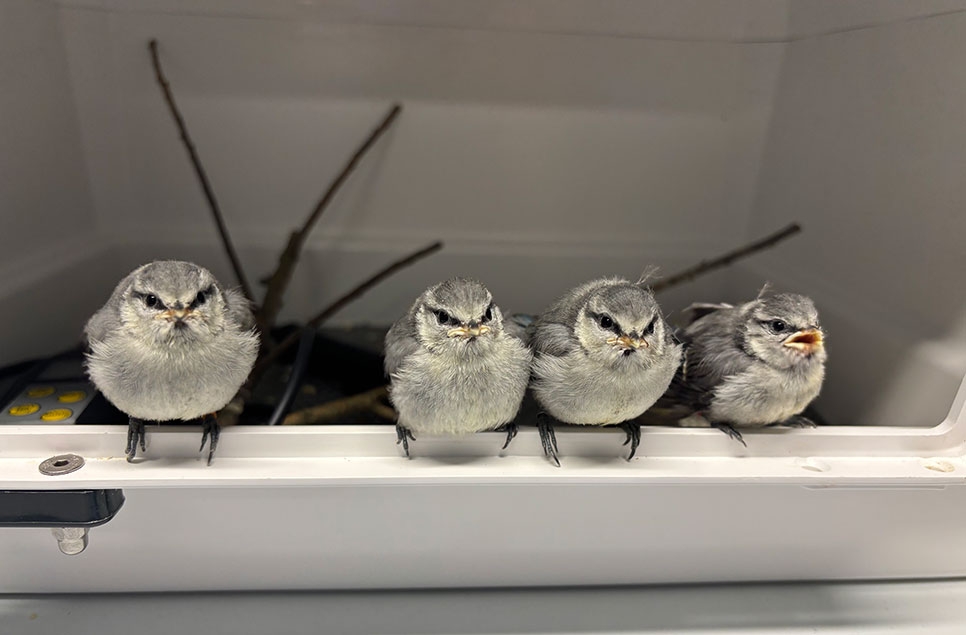Celebrating our achievements!
As we wave goodbye to summer, we thought we’d cheer everyone up with a round-up of good news from across our WWT centres.
There’s lots to celebrate in conservation. There were several examples of how habitat creation projects and developed habitat management have had a significant impact on breeding waders at our sites. Improvements to the breeding habitat at Slimbridge has boosted avocet numbers from one to 35 breeding pairs in just three years with 100 birds on site this year.
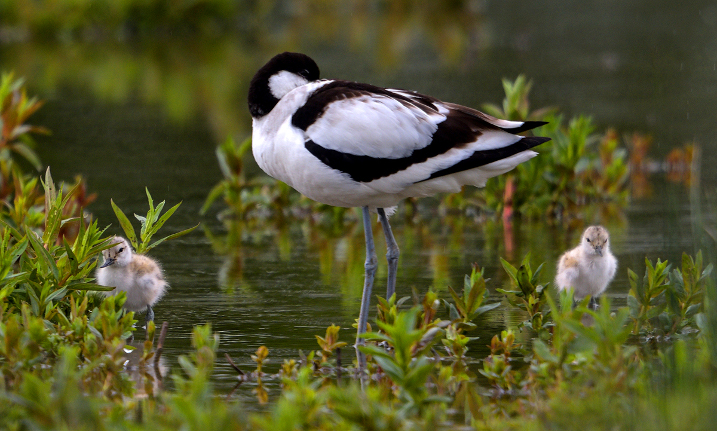
At Washington, the Wader Island project increased habitat for breeding waders resulting in more chicks fledging and more species using the site this summer, including Little Egrets.
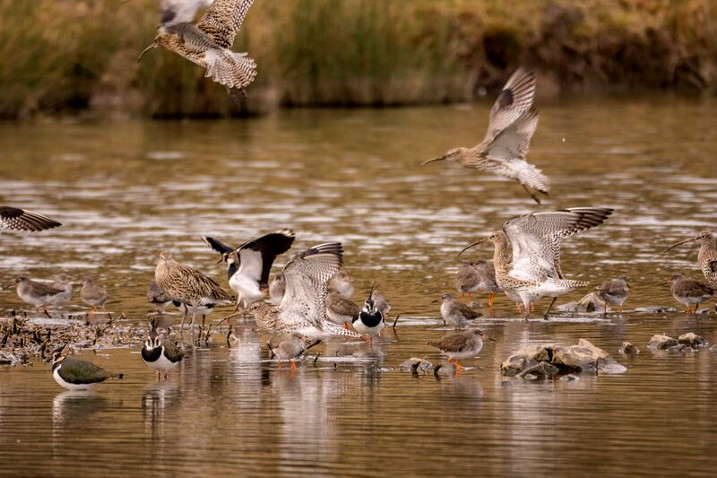
The Sand Martin banks at London and Arundel have had a really productive year too. London recorded 90 nests from which all the chicks were successfully ringed and Arundel reported their first breeding success after a long process of trial and error to encourage the birds to nest for the first time.
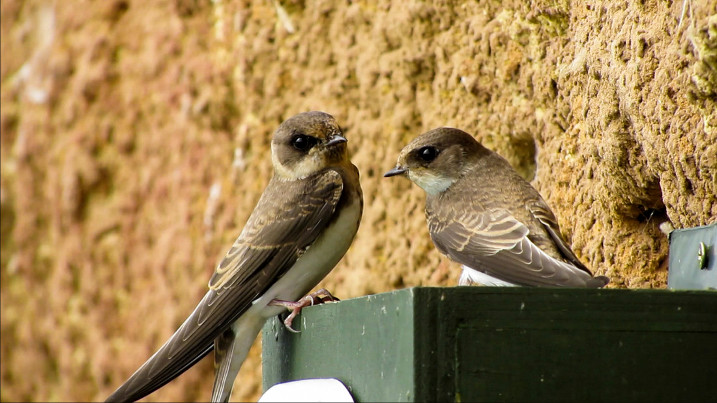
Arundel, Llanelli and Steart all recorded increases in breeding lapwing. Llanelli’s success was attributed to the introduction of grazing to control regrowth following the massive tree clearance project on the site. Llanelli is now using heritage breeds of sheep and cattle to carry out this vital habitat management work. Steart’s increase followed some tweaks to tidal management which have improved the brackish habitat for lapwing, avocet and little-ringed plover.
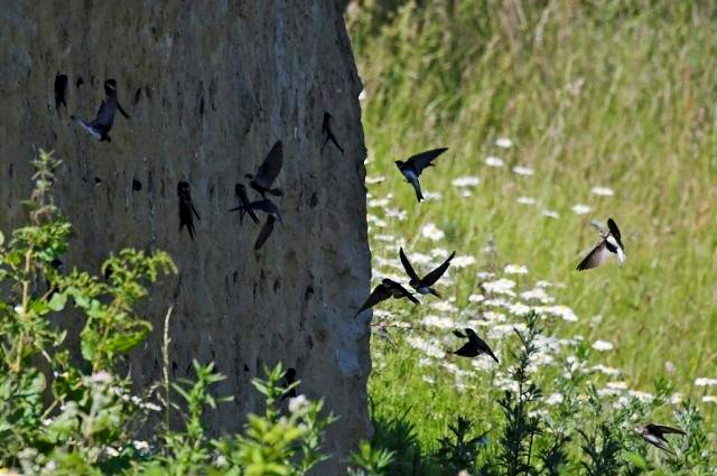
But that’s not all. This summer a pair of black-winged stilts bred at Welney (one of five pairs to breed in the UK this summer), ten pairs of yellow wagtail bred on the salt marsh at Steart and, after several very poor summers, natterjack toads spawned in six pools at Caerlaverock with tadpoles and emerging toadlets recorded on the reserve. This is another site where sheep work as committed members of the centre’s reserve management team dedicated to natterjack toad conservation.
All these conservation successes provide wonderful opportunities for staff to engage with our visitors. At Welney, a fantastic team of engagement volunteers on the black-tailed godwit project have delivered talks to visitors of all ages and the feedback has been amazing.
The walks and talks programme at London has been successfully refreshed, with talks shortened and key messages built in. This has resulted in twice as many visitors participating and has increased the number of children taking part. Similarly, at Llanelli, the introduction of roving engagers to improve the duckery tour experience resulted in a high quality experience enjoyed by an impressive 1800 visitors this summer.
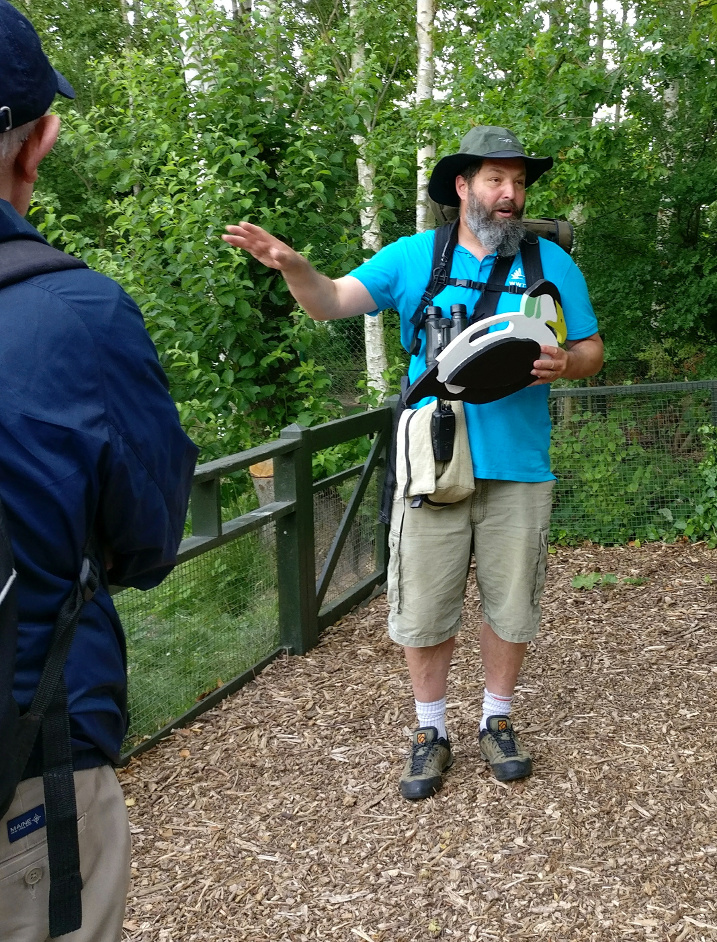
Other innovative engagement work includes the NERC-funded project at Steart involving scientists and artists working with the local community. Together they have built a volunteer base using citizen science to communicate working wetlands messages and it is hoped that this project may be able to continue.
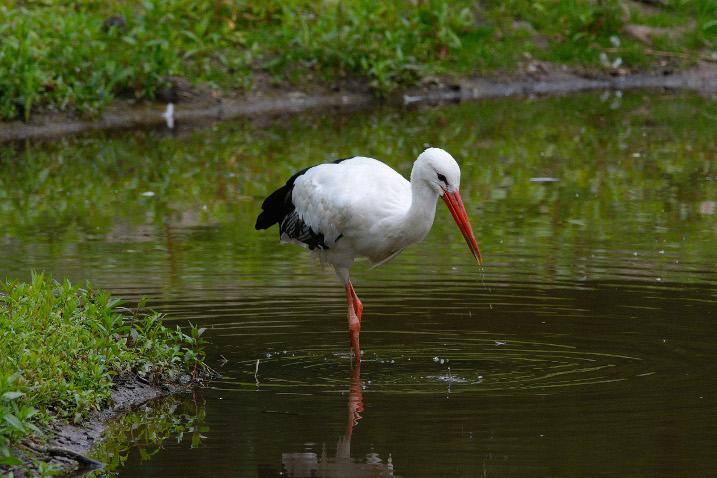
Martin Mere have seized an opportunity to turn a redundant area of the site into a really engaging white stork exhibit. They have also worked alongside local schools and businesses to build a (hopefully) world record beating bug hotel – watch this space!
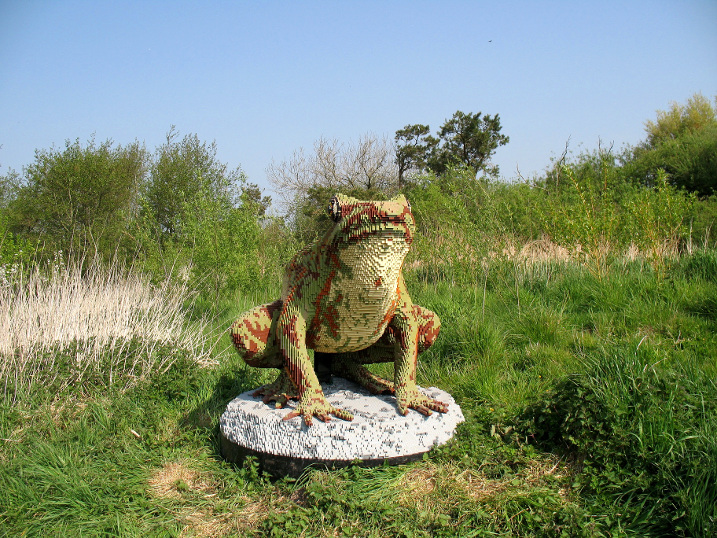
And last, but by no means least, the success of Lego has continued at Caerlaverock where the event increased visitation by 75%, mostly made up of new local visitors. Family visitation to the site in July was 1292% higher than July 2016! This success has now travelled over to Welney where early reports suggest the ‘Lego effect’ has lost none of its power.
All centres mentioned the added value generated by volunteers, placement students and corporate volunteering groups and acknowledged their significant role in supporting these achievements. In such a brief summary, it is impossible to do justice to all the varied and innovative work taking place on and around our 10 sites but it looks like we’re on course for another successful year!
